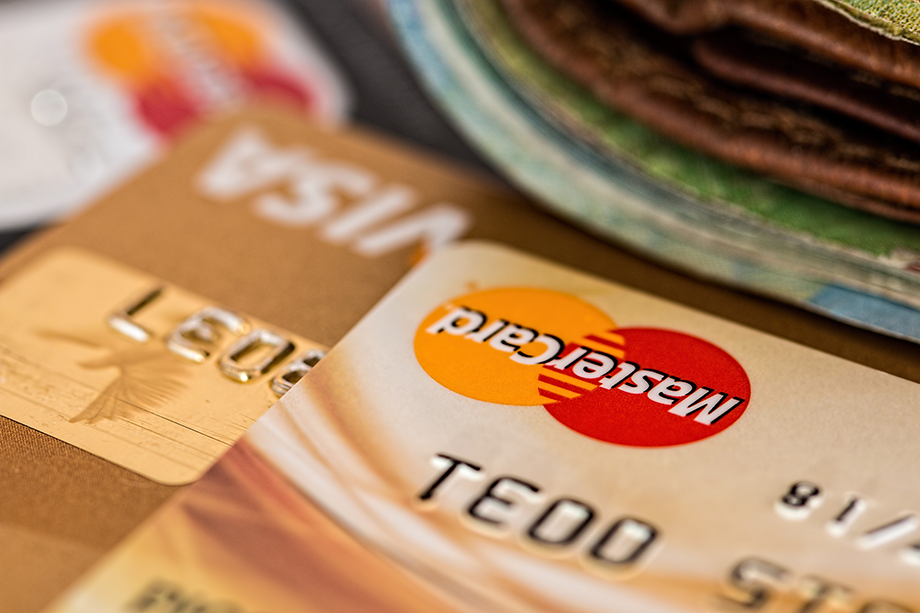Credit card fraud is defined by the FBI as, “the unauthorized use of a credit or debit card, or similar payment tool (ACH, EFT, recurring charge, etc.), to fraudulently obtain money or property. Credit and debit card numbers can be stolen from unsecured websites or can be obtained in an identity theft scheme.” It’s a serious threat to your financial safety, so we’re going to look at the various kinds of fraud.
Lost or stolen card
The first case is one you hear about the most. A lost or stolen card is the easiest way for a criminal to gain access to your money. As soon as you notice a card missing you should report it to your financial institution. Once notified the card can be cancelled and a new one issued. But remember, it only takes minutes for a thief to take everything, so act fast!
Counterfeit cards
Next we have counterfeit cards which are real cards with stolen account information on them. Often, the victims still have their card in their possession and don’t know a crime has occurred. In some cases, the information has been stolen through “skimming” where a device has been placed on a card reader at an ATM, gas station pump, etc. The cards created from this practice usually appear legitimate and have the issuers logos and magnetic strips.
Phishing
Phishing is defined as, “the fraudulent practice of sending emails purporting to be from reputable companies in order to induce individuals to reveal personal information, such as passwords and credit card numbers.” Imagine an e-mail from Apple or Netflix saying your account has been locked and you need to click this link to reactivate. If you look closely the link probably goes to www.imascammerandwantyourmoney.com. Often the email address appears legitimate but if you hover over it you will see it’s really paul@stealyourmoney.com.
A new tactic among scammers is text message phishing. It’s the same concept, get you to click a link and enter your information, but it’s in text form, and a little harder to detect. If you suspect something may be a phishing attempt do not click any links. Many companies encourage you to report phishing attempts so let them know. If you accidently clicked, take immediate measures to secure your accounts!
Card not present
Card not present is exactly what it sounds like. A transaction is completed without the card or cardholder present. These are typically phone, online, or mail orders. It’s always a risky transaction for the merchant because the rate of fraud is high. A good example of card not present fraud is a stolen number entered into an online vendor. Sometimes to verify a person’s card information a fraudster will send a small item to the card holder’s home address. If the item is successfully delivered the next purchase will be much larger.
Always keep an eye on your accounts and be quick if you notice any purchases you didn’t make. The same goes for surprises in your mailbox. Report fraudulent activity as soon as possible to your financial institution.
Card never received/Mail theft
Our final type of credit card fraud involves the theft of a new card. The best way to ensure you mail is not stolen is to check your box regularly. Be sure to keep vegetation around your mailbox cut back to ensure visibility, and if you are really concerned about theft, rent a box at your nearest post office. Keep track of when new cards are expected to arrive and notify the USPS and your card provider as soon as you suspect something missing.
There are a lot of ways criminals can get your credit card number, but by remaining vigilant or knowledgeable about the various types of fraud will keep you one step ahead. And remember, if you ever suspect fraud in your 4Front account, call us immediately at 800-765-0110 for debit cards or 844-269-3009 for credit cards.

